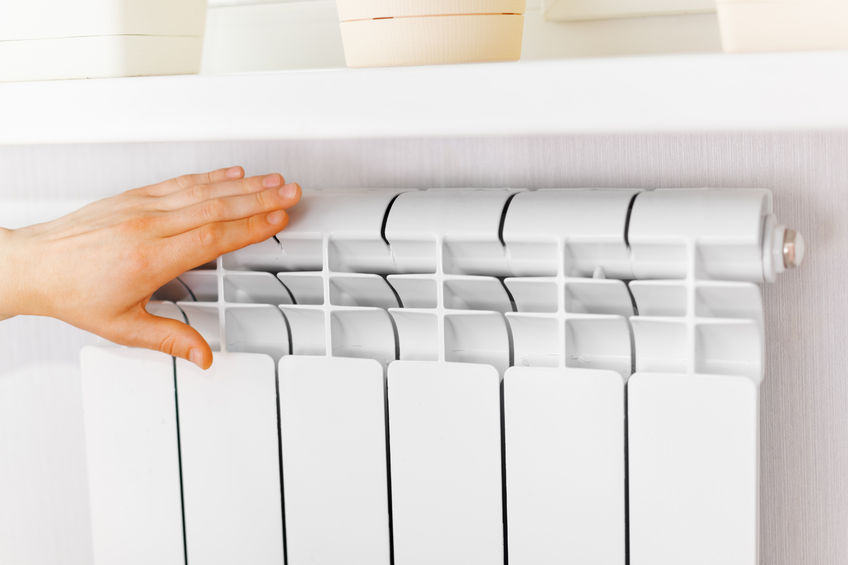No furnace lasts forever, but determining the ideal time to replace your home’s heater isn’t always easy. Whether you’re faced with frequent repairs or you’re fed up with poor heating performance, the following telltale signs can indicate when it’s time to replace your furnace.
If your furnace is more than 10 years old: The lifespan of a well-designed furnace averages between 15 to 18 years, but even when maintained properly, they lose around one percent of their energy efficiency each year. Thanks to stricter energy requirements and technological advancements, modern furnaces are much more energy efficient than older models that rarely achieved efficiencies higher than 70 percent. Today’s best condensing furnaces are as high as 98 percent efficient, converting nearly all of the energy they consume into household heat, and that can save you a bundle of money over the life of the system. According to the Department of Energy, replacing an outdated furnace with an Energy Star-qualified model can reduce your heating bills by 15 percent or more.
If your furnace needs frequent repairs: You count on your furnace to keep your household warm when outdoor temperatures drop, so it makes sense to consider replacement when your heater no longer offers reliable performance. Keep in mind that faulty components affect the furnace’s energy efficiency too. When you take higher energy bills into account along with the cost of frequent or major repairs, a replacement may save you money over the long run. The peace of mind that comes with knowing your heating system will work when you need it can make a replacement worthwhile as well.
If you’re not satisfied with your furnace’s performance: If you’re tired of putting up with uncomfortable fluctuations in temperature or if some rooms are too hot while others are too cold, a new furnace can offer you a higher level of comfort at home. Many of today’s high efficiency condensing furnaces come with features designed to adapt to your changing heating needs. Systems with variable-speed blowers, for example, deliver air more slowly when heating demands are low. Instead of blasts of hot air, you’ll experience a more even delivery of warmth while improving efficiency and reducing operating noise.
It’s a good idea to partner with a reputable HVAC contractor when deciding whether it’s time to replace your furnace. Qualified contractors can calculate annual estimated operating costs for a range of furnace efficiencies based on models, utility rates and your home’s unique heating needs. Weighing operating expenses against the heater’s upfront cost can help you determine whether a replacement or a repair is the most cost-effective option.
Paying for the repair or replacement of a heating system can really take a bite out of your budget. A home warranty from American Home Shield can help save you money while keeping your home running.




